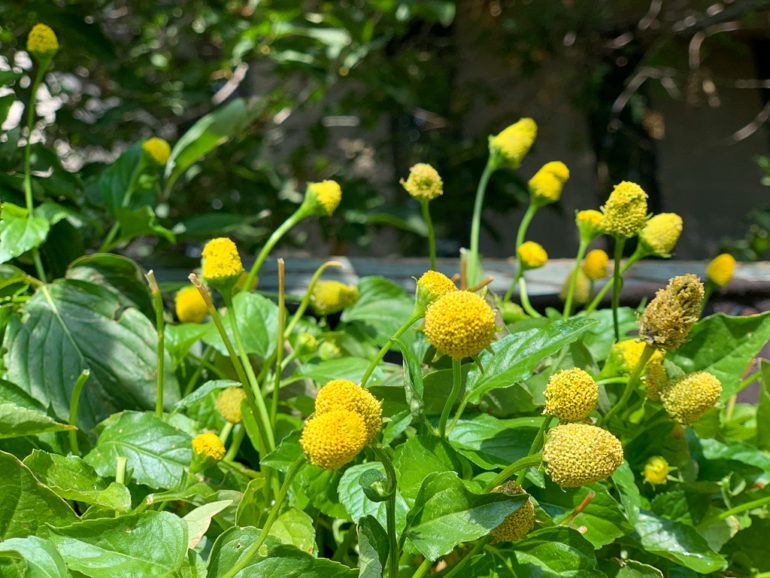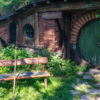In Portugal, we ate an innocent looking flower. It gave our mouth an electric, tingling sensation before our tastebuds went temporarily numb. After eating it, food tasted completely different.
Among the locals we spoke with in Porto, Portugal, there was one restaurant they agreed we must visit: Cruel.
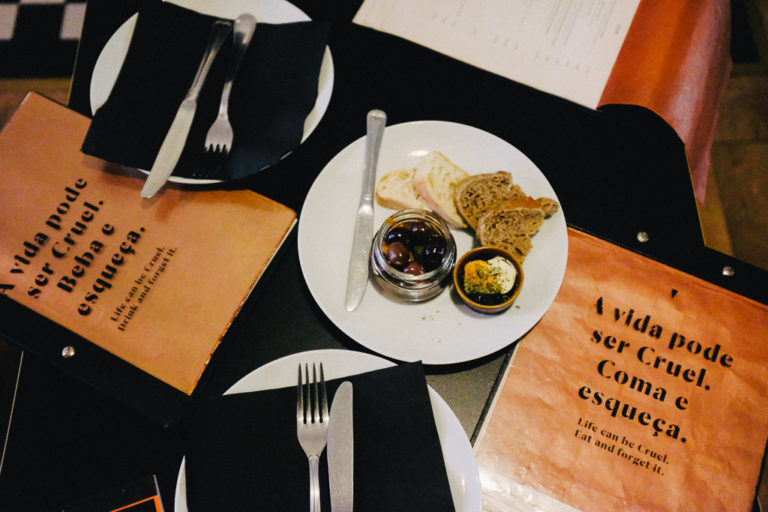
There are three menus: fearful, cautious, and cruel. You choose the experience you want to have, based on how open you are to trying exotic foods. The menus featured dishes like “magic mushroom risotto” and “cod tongue tempura with black onion mousse and chicken blood”
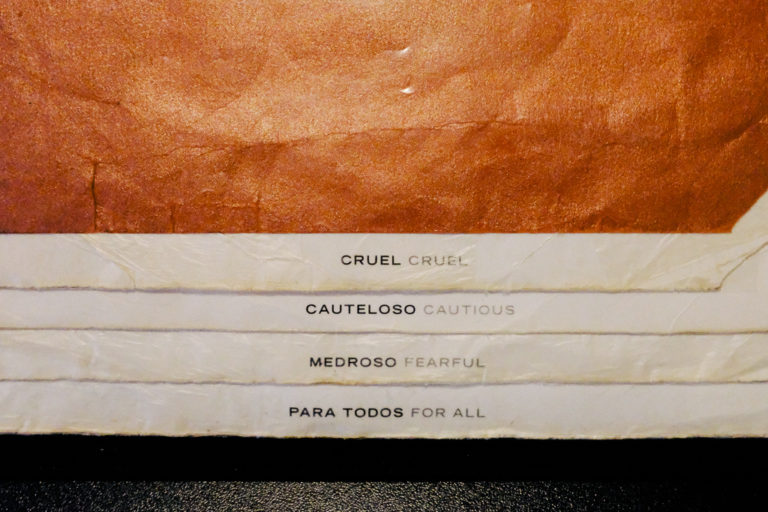
Of course, we chose the cruel menu. We started with an appetizer of beef carpaccio with electric flower and pesto.
The dish looked pretty simple: thin slices of meat accompanied by two spoons containing dark yellow flowers.
The waitress hovered beside us after setting the dish on our table, instructing us to eat in the following order:
- Meat
- Flower
- Meat
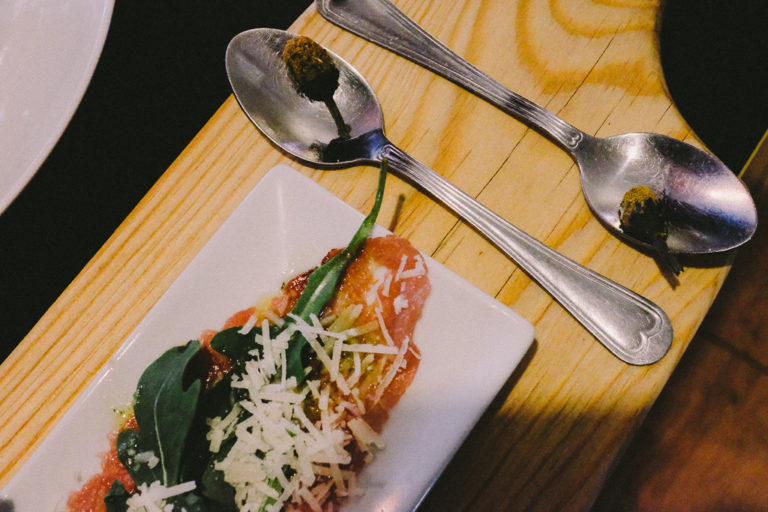
We ate the meat, which tasted pretty mild.
Then, we popped a flower into our mouths, unsure of what to expect.
It had the grass-like taste you would expect from eating a plant. But we were also hit with a variety of sensations. It’s hard to commit to one description, but it felt like a combination of a Szechuan peppercorn dissolving on our tongues, a handful of pop rocks stuffed in our mouths, and a light buzz as if we were being gently electrocuted.
After the tingling sensation, our mouth went numb and we started to intensely salivate.
After swallowing all the saliva, we tried the meat again. It tasted so vibrant and rich, almost colorful, and I started to wonder if we temporarily had synesthesia. We started shooting out adjectives to describe what we were tasting: full-bodied creaminess, just the right amount of saltiness, almost buttery meat.
It was fascinating. One flower had transformed the entire dish. And in between dishes, Cruel even offered a jambú cachaça shot to clear the palate.
The shocking experience explains why Cruel has made a memorable impact on all of its guests, why it so quickly spread by word of mouth around Portugal. The restaurant’s use of the flower is an inspiring example of how dining can be a sensational experience, beyond just taste.
So what is this flower? It can be found in the Amazon rainforest and it goes by many names.
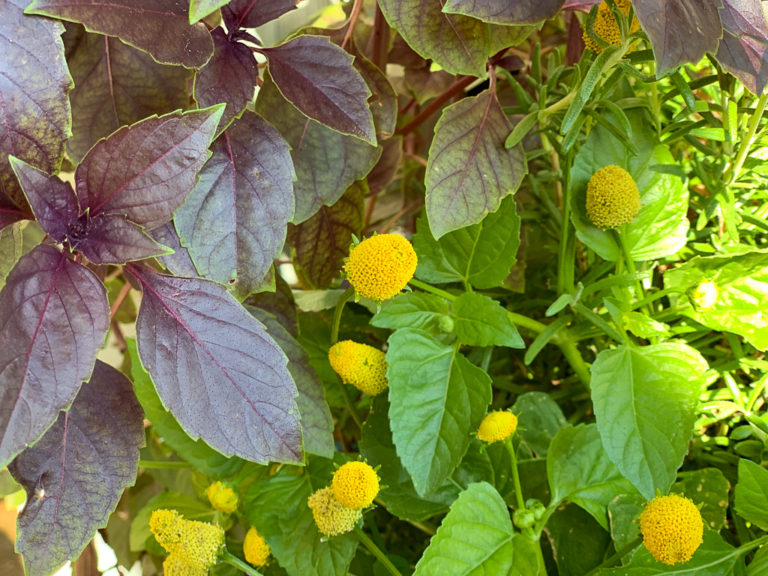
Scientifically, it’s called “acmella oleracea.” In Brazil, it’s known as jambú—but it’s also been called Szechuan button (named after the spicy Asian cuisine), buzz button, tingflower, and electric daisy (perhaps it was inspiration for Electric Daisy Carnival‘s name).
Long before restaurants started experimenting with the flower, it was used to heal toothaches because of its numbing qualities. Today, there are even more creative uses for it: a mouthwash called Therabreath uses jambu extract to help people create more saliva, and celebrities even use it as part of their “natural botox.”
In the case of Cruel, it’s not about food— it’s the flower. It’s the experience surrounding what you consume that makes it so memorable, so worth-trying, that makes people unable to stop talking about it.
Months I left Portugal, I visited a botanical garden in Denver. I asked if they had “acmella oleracea,” and sure enough, an enthusiastic guide led me to the plant. She was even bold enough to pluck off a flower and hand it to me; since then, I’ve kept it in the pocket of my backpack, a physical artifact and reminder to focus on more than just a thing itself.

